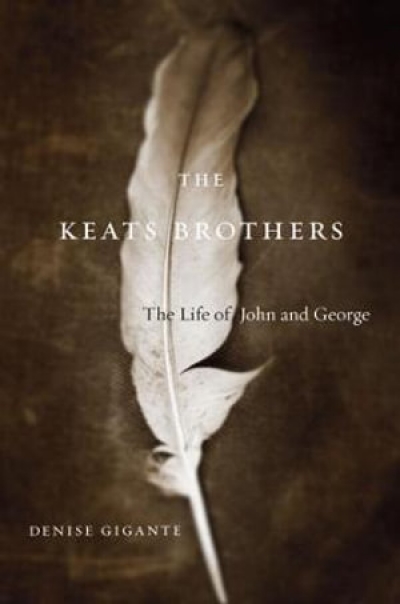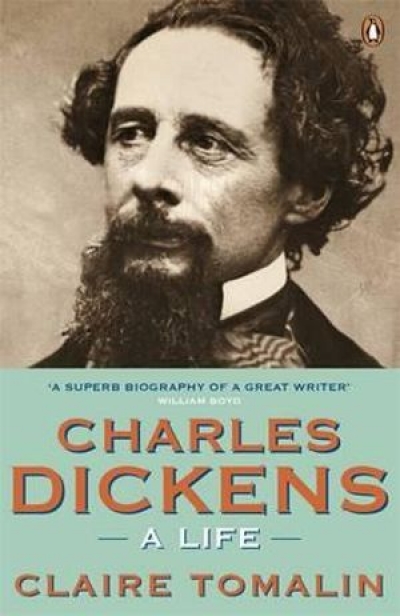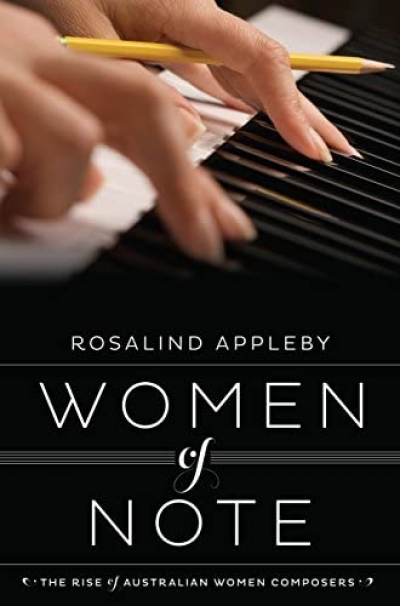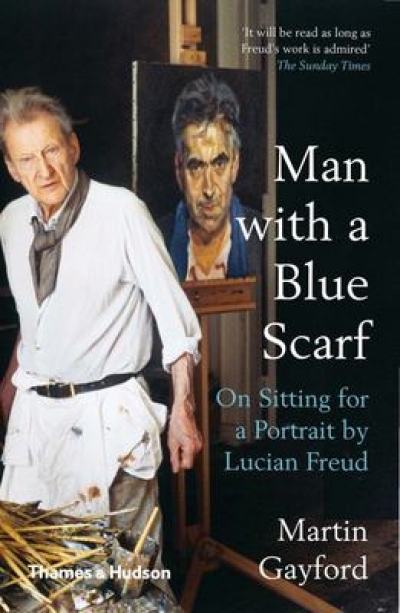Biography
Alfred Kazin by Richard M. Cook & Alfred Kazin’s Journals edited by Richard M. Cook
by Don Anderson •
The Keats Brothers: The life of John and George by Denise Gigante
by William Christie •
Charles Dickens by Claire Tomalin & Becoming Dickens by Robert Douglas-Fairhurst
by Evelyn Juers •
Permanent Revolution: Mike Brown and the Australian avant-garde1953–97 by Richard Haese
by Peter Hill •
Women of Note: The rise of Australian women composers by Rosalind Appleby
by Jillian Graham •
Proud Australian Boy: A Biography of Russell Braddon by Nigel Starck
by John Ellison Davies •
Views From The Balcony: A Biography of Catherine Duncan by Michael Keane
by Desley Deacon •
An Eye for Eternity: The Life of Manning Clark by Mark McKenna
by Norman Etherington •
Man with a Blue Scarf: On sitting for a portrait by Martin Gayford
by Angus Trumble •










